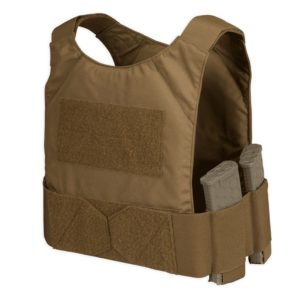The Role of Equipment in Private Security
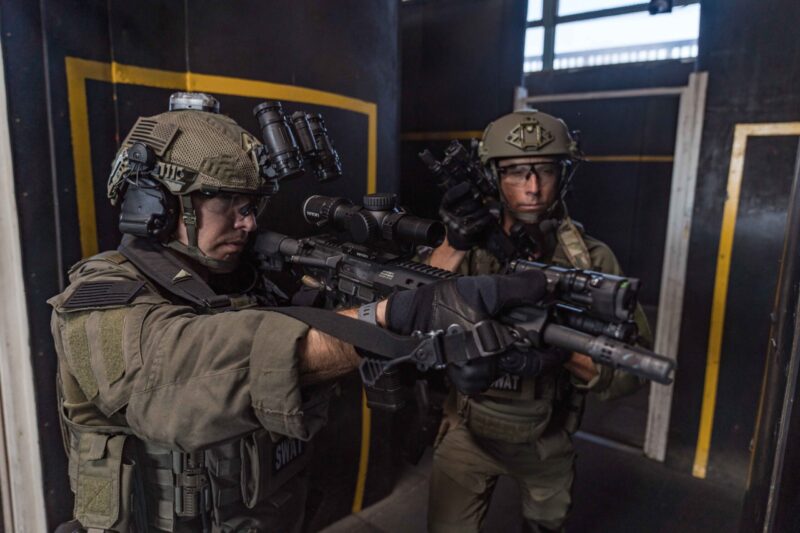
Private security personnel work in dynamic situations where the need for watchfulness, readiness, and professionalism is ever-present. Proper equipment enhances safety and conveys authority and preparedness, from protecting valuable assets to maintaining order among spectators at events. Budgeting on reliable equipment is vital if you’re an individual security contractor or have a team of security personnel to manage.
The right gear can be the difference between de-escalating a threat and becoming its victim, and it is both a useful tool and a badge of professionalism.
The Importance of Proper Gear
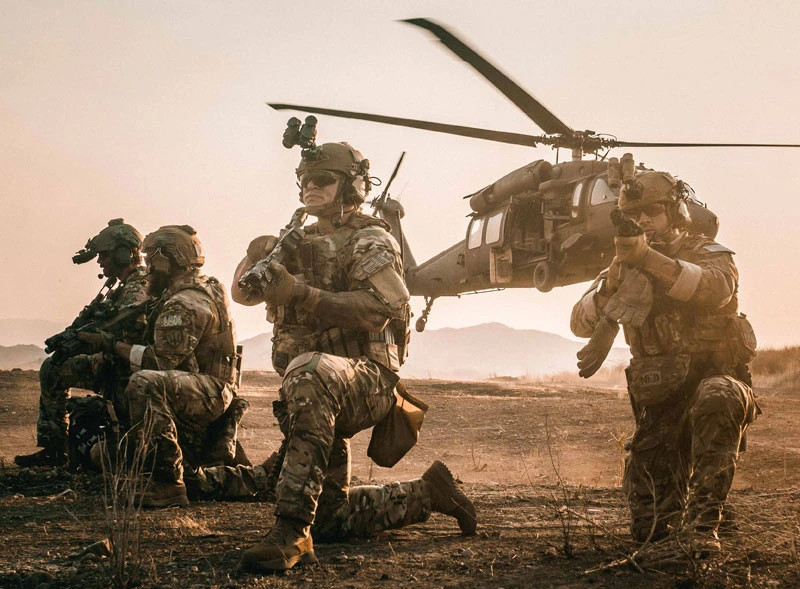
In private security, the equipment you have can make the difference between a successful mission and an aborted operation. Appropriate tactical gear enables security staff to respond quickly to situations, manage various scenarios, and maintain the safety of both clients and security personnel.
The presence of well-equipped security personnel helps prevent crime. Offenders are less likely to act when they see capable and prepared guards. Good equipment also builds trust with clients and the public, showing that security staff are professional.
Basic Personal Security Equipment
Private security officers must be armed with devices that offer protection, communication, and operational effectiveness. These products are not accessory-type tools; they are the backbone of sound field performance.
1. Standard Uniform and Identification
Uniforms convey an aura of authority and visibility, which can discourage crime. A standard security uniform would typically consist of clothing suitable for the weather, a reflective vest for added safety, and identification credentials displayed. In certain environments, security uniforms are designed to resemble those of local police to increase authority, while in others, a less visible or corporate image is desired.
Uniforms promote team cohesion and enable civilians and law enforcers to identify security personnel quickly in emergencies. The integrity of the uniform represents discipline, which is important in critical situations.
2. Low-Visibility Plate Carrier (LVPC)
Body armor is a vital aspect of personal protection for security officers operating in high-risk environments. The Chase Tactical Low Visibility Plate Carrier (LVPC) has been specifically engineered for concealability and operational functionality. Due to its low-profile configuration, security officers can remain undetected while still providing ballistic protection, making it suitable for plainclothes operations or VIP details.
The LVPC’s modular design and adjustable fit make it a handy option for security professionals who need a balance of protection and mobility. Stay protected with the LVPC by Chase Tactical — low-profile, high-performance.
3. Communication Devices
Two-way radios are a standard for real-time coordination among team members. Equipped with encrypted channels and extended battery life, they are paramount to maintaining control over emergencies and day-to-day operations. Integration with dispatch systems within larger complexes provides yet another layer of connectivity, enabling security officers to communicate with external emergency responders or supervisory staff without delay.
Earpieces, noise-canceling microphones, and hands-free functionality increase the efficiency of communications, particularly in noisy or high-concentration settings.
4. Body Armor and Protective Wear
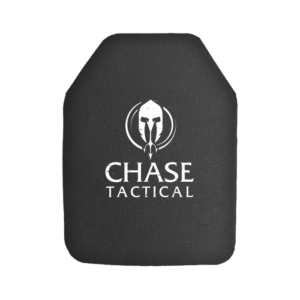
Guards can wear either soft or hard body armor, depending on the level of risk they face. Soft armor defends against typical handgun threats and is more comfortable to wear regularly. Hard armor (steel or ceramic plates) is best for high-risk situations like VIP escort work or demonstrations.
Other protective equipment, including gloves, knee pads, and helmets, may be essential in crowd control or physical encounters. Security officers must assess levels of threat and utilize the appropriate equipment.
5. Surveillance and Monitoring Tools
Contemporary security operations rely heavily on monitoring equipment, including body cameras, drones, handheld CCTV systems, and mobile surveillance applications. Such devices facilitate incident documentation, accurate reporting, and transparency. Body cameras, for instance, have been found to play a key role in discouraging false complaints and enhancing officer conduct.
Facial recognition or behavioral analysis software used for monitoring is becoming increasingly prevalent, particularly in high-security areas such as airports or corporate parks.
6. Tactical Lighting
A good flashlight is essential for nighttime patrols or in dark areas. Contemporary tactical flashlights are shock-resistant and weatherproof, with high-lumen outputs for maximum light. They also have strobe features or bezels that can be used as non-lethal self-defense aids.
Security officers patrolling dimly lit parking garages, isolated properties, or performing evening shifts must always carry at least one reliable tactical light.
7. Personal Defense Equipment
Security officers must be prepared for potential confrontations. According to local laws and company procedures, this could be a baton, pepper spray, stun gun, or even a licensed handgun. Staff must be properly trained and remain certified when transporting any defensive device. Deploying these devices without adequate knowledge can be extremely dangerous to the officer and the public.
Non-lethal equipment is typically preferred in urban or civilian-concentrated areas, whereas armed officers are often utilized in high-value asset protection or executive protection work.
8. First Aid Kit
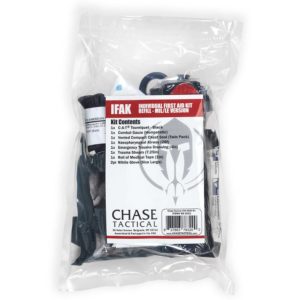
A well-stocked first aid kit is essential for treating injuries before the arrival of emergency medical services. Bandages, gloves, CPR masks, trauma shears, antiseptic wipes, and even tourniquets should be items of routine. Security staff are likely first responders to violence or accidents, and basic first aid training can prove lifesaving.
More extensive medical packs might include burn dressings, splints, or hydration packs in major public events or outlying patrol areas.
9. Smartphones and Mobile Apps
Smartphones facilitate documentation, GPS tracking, timing, and immediate reporting. Security apps provide digital logbooks, task assignments, incident tracking, and remote check-in functionality. Rugged, water-resistant smartphones are now commonly issued to guards to protect them from harsh conditions.
Integrated mobile platforms enable guards to instantly upload incident reports, photos, or surveillance videos into centralized databases, allowing supervisors to exercise remote oversight.
10. Documentation Tools
Each security officer requires a method for recording both digital and manual incidents. A pocket notebook or mobile logbook application ensures accurate details of suspicious activity, visitor logs, or shift summaries. These reports are beneficial for operations review purposes and are also necessary for legal support in an investigation or dispute.
Security guards must be taught to write objective, concise reports and when to pass documentation on to their superiors or law enforcement personnel.
11. Duty Belt or Tactical Vest
Efficient equipment carrying includes remaining mobile and accessible. Duty belts and tactical vests offer secure storage for radios, flashlights, defense equipment, and other essential accessories. Adjustable configurations ensure maximum comfort while retaining accessibility to important items.
A few vests also feature MOLLE webbing for modular attachment, allowing security units to customize their load-outs for specific missions, such as event security or night patrol.
12. Footwear
Security work typically involves extended periods of walking. For safety and comfort, ankle-support tactical boots with slip-resistant soles are ideal. Waterproof fabric and insulated linings provide additional protection for very cold or wet conditions or outdoor work.
Foot damage is one of the most prevalent complaints among security personnel, so investing in durable, well-fitting boots is a worthwhile investment in safety and a long-term cost-saver.
13. Weather Protection Gear
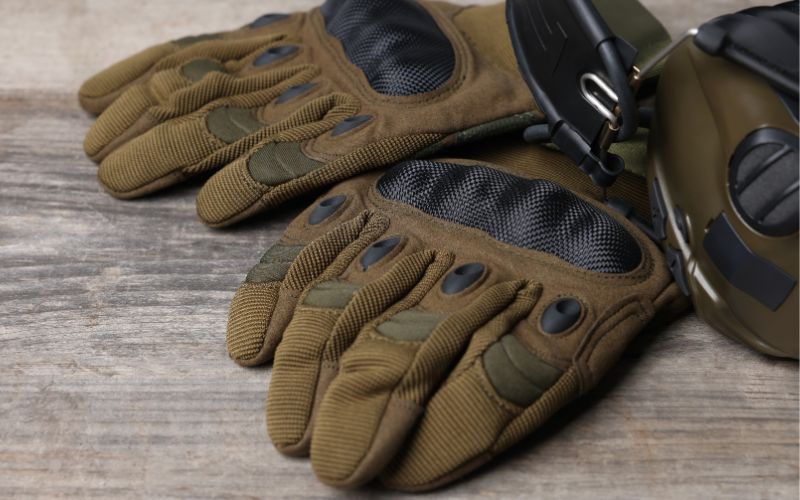
Rain, sun, and cold don’t have to affect operational effectiveness. Waterproof jackets, thermal tactical gloves, and sun protection are just a few examples of weather-specific gear that keep people alert, on their feet, and attentive to their tasks, regardless of the conditions.
For extended outdoor shifts or securing a site in extreme environments, layering systems and moisture-wicking, breathable fabrics can significantly enhance comfort and performance.
Final Thoughts
The success of a private security practitioner relies as much on their training as on the functionality of their equipment. Equipping guards with the proper tools enhances safety and professionalism, facilitating trust with clients and the public. As threats and technology change, so must the equipment to counter them.
Frequently Asked Questions
What is the most critical equipment for a security officer?
Trusted communication devices such as two-way radios are essential, facilitating quick coordination and rapid emergency response.
Are private security guards permitted to carry firearms?
That relies on local legislation. Most places permit it with the right licensure and training. Always research local laws and obtain the necessary certifications.
How often should equipment be inspected or updated?
Gear must be inspected before each shift and thoroughly checked at least once a week. Software and computer-based equipment must be updated on a routine basis to ensure security and performance.

